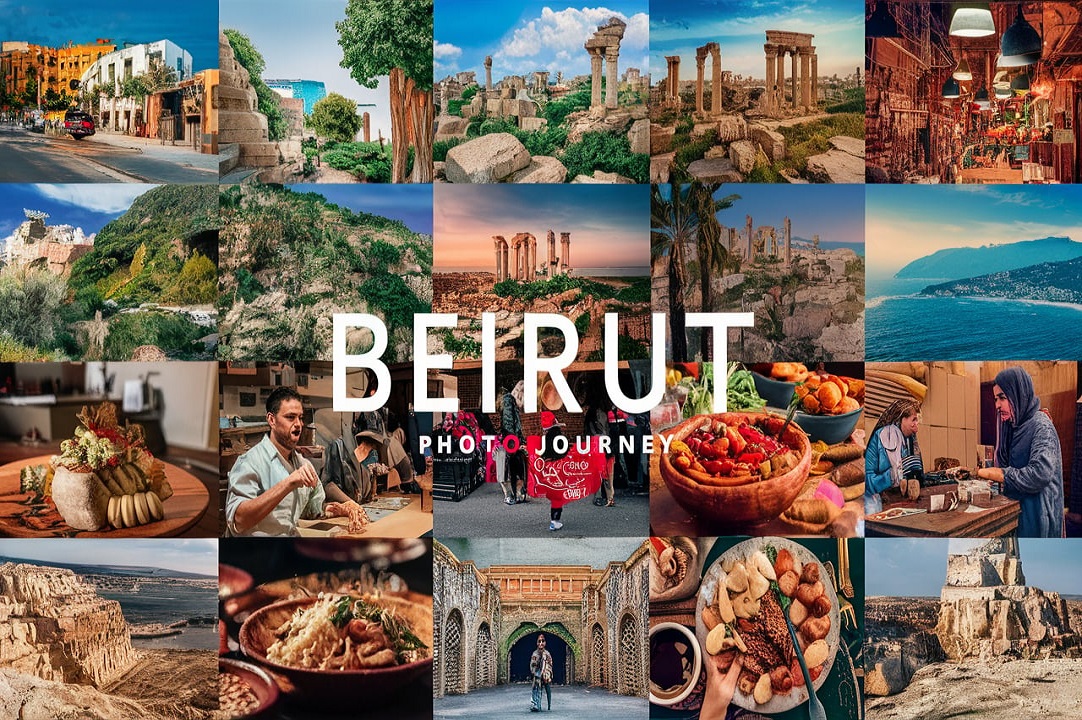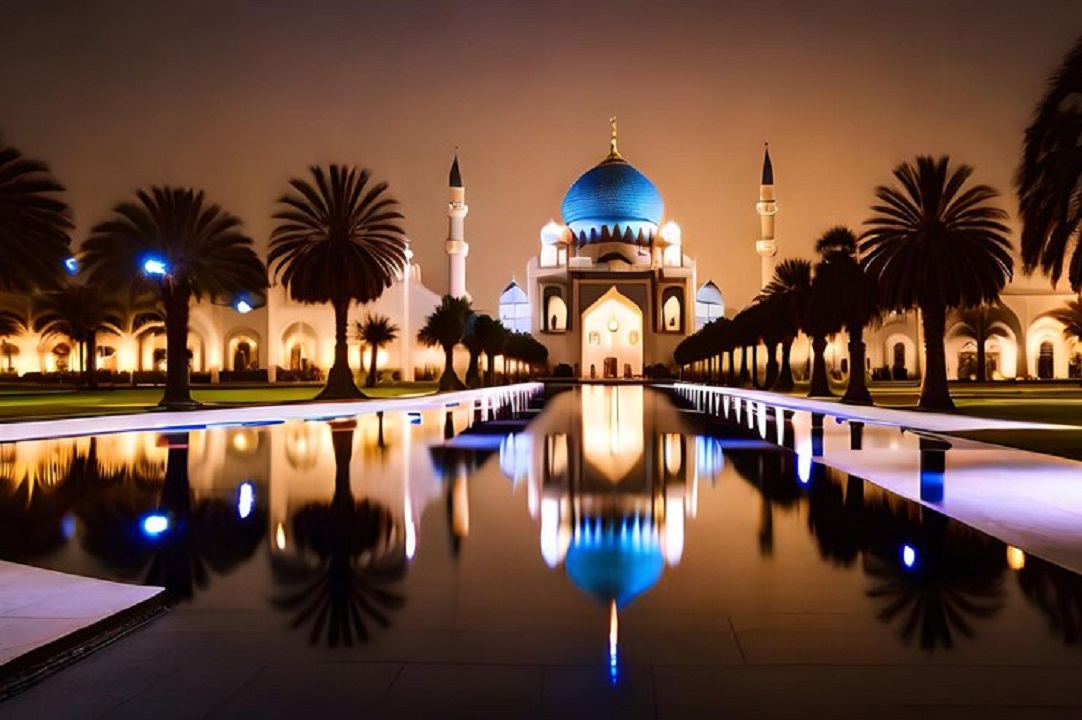Taif History The United States Educational, Scientific, and Cultural Association (UNESCO) has announced the catalog of Taif on its Creative Cities Network, making it the first innovative city in Saudi Arabia in the abstract field. The Literature, Publishing, and Translation mandate had prepared the bid in coordination with several bodies, mainly the Taif community, where the bid admitted the necessary data, statistics, and facts under UNESCO’s necessity and the criteria required for authorizing in the network based on seven factors.
This angle was aligned with the scheme of the three sectors: the quality and volume of advertisements in the city; advertisements play an important role in abstract, drama, and poetry in the city; and the quality and dissimilarity of educational programs that center on local literature academically, as well as hosting and arranging literary events and celebrations in the city; the opportunity of public libraries and bookshops; public adorning centers; the participation of acceptable and new media in advertising literature and improving its local market; appealing publication houses in the summary of literary works into various tongues.
Foundations Of Time: Exploring Taif’s Ancient Civilization
The term acculturation means the level of evolution at which people live concurrently peacefully in towns. Ancient civilization specifies the first settled and stable brotherhood that became the foundation for later states, nations, and commands. The study of ancient civilization cares about the earliest quarters of the much wider subject called ancient history. The span of ancient history began with the invention of writing in about 3100 BC and endured for more than 35 centuries.
Humanity predates the written word, but writing facilitates the recording of history, as evidenced by the origins of civilization. Ancient societies emerged in Mesopotamia, the Middle East, the Indus Valley (now Pakistan and India), the Yellow River Valley in China, Crete in the Aegean Sea, and Central America. These civilizations shared common traits: urbanization, writing systems, pottery making, metalworking, animal husbandry, and complex social structures. Beyond written records and inscriptions, our understanding of ancient peoples relies heavily on archaeological discoveries, a field that has flourished in the past two centuries. The Sumerian civilization was unearthed in the 1890s, while significant paleontological excavations in China occurred after the late 1970s. Archaeology continues to illuminate the rich tapestry of human history, revealing the ingenuity and complexity of ancient civilizations.
Sanctuary of the Prophet: Taif’s Islamic Heritage
Years ago, traveling to Taif from Makkah was very diligent and exhausting. The distance was roughly 80 km. Yet, the Prophet Pbuh cultured this strenuous trip up the rocky aisle with high hopes; there was no reaction after a decade of moralizing to the people of Makkah, and they recapitulate to be hostile and aggressive with the return Muslims.
The place of Makkah turned out to be an abortive land for Islam. Hence, the Prophet Pbuh decided to accost the people of the adjacent city of Makkah-Taif with great concern. Zayd ibn Provider RA, the prophet’s adopted son, only escorts him to Taif. Sadly, the response he acquires from the dwellers of Taif is best communicated as the most tragic circumstance of his entire life: “Aisha RA quizzed the Prophet pbuh, ‘Was there ever a day that was more valuable for you than the fight of Uhud (where he was harshly wounded)? The Prophet replied, ‘Yes, the day of Taif was worse for me than the day of commitment.
Architectural Splendor: Ottoman Influence in Taif
Snuggled amidst the rugged allure of the Sarawat Mountains, Taif City continues as a jewel in the diadem of Saudi Arabia. Known for its appealing landscapes, moderate climate, and rich artistic heritage, Taif is a city that charms the hearts of those who roam into its embrace. Perched at a elevation of over 1,800 meters above sea level, Taif enjoys an agreeable climate, making it a popular haven for both locals and visitors to pursue respite from the scorching climate that characterizes much of the region. Furthermore, its pleasant climate attracts tourists seeking relief from the heat.
The city is distinguished for its lush orchards, fragrant rose acreage, and verdant valleys, creating an interesting setting that paints a picture of tranquility. Beyond its congenital allure, Taif carries a storied history that dates back to eternity. The city has been an intersection for various civilizations, leaving behind a tapestry of effects that can be witnessed in its architecture, traditions, and local customs. From the historic Ganga Palace to the vibrant Souq Okaz, Taif offers a journey over time.
Embracing Progress: Taif’s Modern Marvels
At-Taif, a city in the Mecca colony of Saudi Arabia, holds a rich curtain of history, culture, and natural allure. Perched in the mountains, At-Ta’if offers a refreshing escape from the scorching heat, drawing visitors with its pleasant climate and greenery. Delve into 35 intriguing facts about At-Ta’if to uncover its historical significance, agricultural heritage, and the charm of its rose gardens.
Join us on a journey through At-Ta’if’s captivating past, vibrant present, and promising future as we explore this Arabian gem. With its warm hospitality, lively markets, and dedication to sustainability, At-Ta’if invites visitors to immerse themselves in its charming atmosphere. The city’s blend of tradition and advancement creates an unforgettable adventure for all who visit.
Final Thoughts
As the decoration falls on our trip through Taif storied history, we continue in awe of its rich heritage. From living civilizations to modern miracles, each chapter reveals curtains woven with tales of persistence, innovation, and cultural authority. The avenue echoes the past, inviting visitors to explore the layers of history within this enchanting city. As we bid farewell, may Taif’s memories linger, inspiring future endeavors to unravel its mysteries and preserve its heritage.
Frequently Asked Questions (FAQs)
Q: What is the history of Taif?
A: Once the seat of the secular goddess Allat, it is now venerable as the site of the tomb of ʿAbd Allāh ibn ʿAbbās, a relative of the Prophet Muḥammad, and for the catacomb of two infant sons of the Prophet. Al-Ṭāʾif is the site of the autograph of the treaty of 1934, which demarcated the destiny of Saudi Arabia-Yemen limit
Q: What is Taif City famous for?
A: Taif is famous for creating citrus fruits such as grapes, berries, pomegranates, and figs. Furthermore, more than 700 farms actively grow scented roses, contributing to their acclaim in the region. Moreover, the city abounds with historical monuments, markets, popular squares, unique gardens, and artistic places.
Q: What is the tribe of Taif?
A: The Banu Thaqif, an Arab tribe, still resides in Ta’if and surrounding areas in modern-day Saudi Arabia. Additionally, it played a distinguished role in early Islamic history.












1 Comment
[…] designated as a “Regional” airport, the airport serves six countries outside of Saudi Arabia as its international flight […]